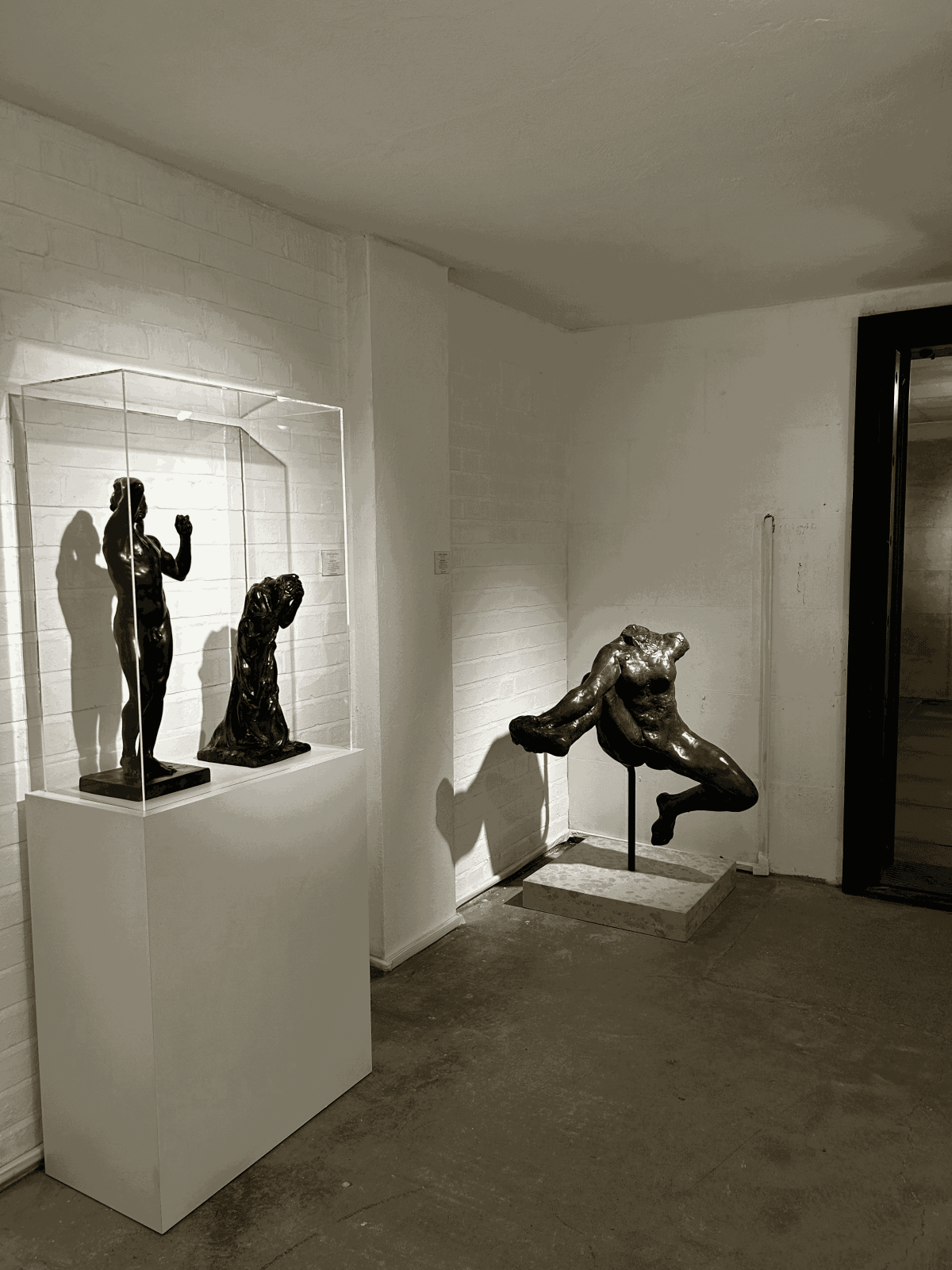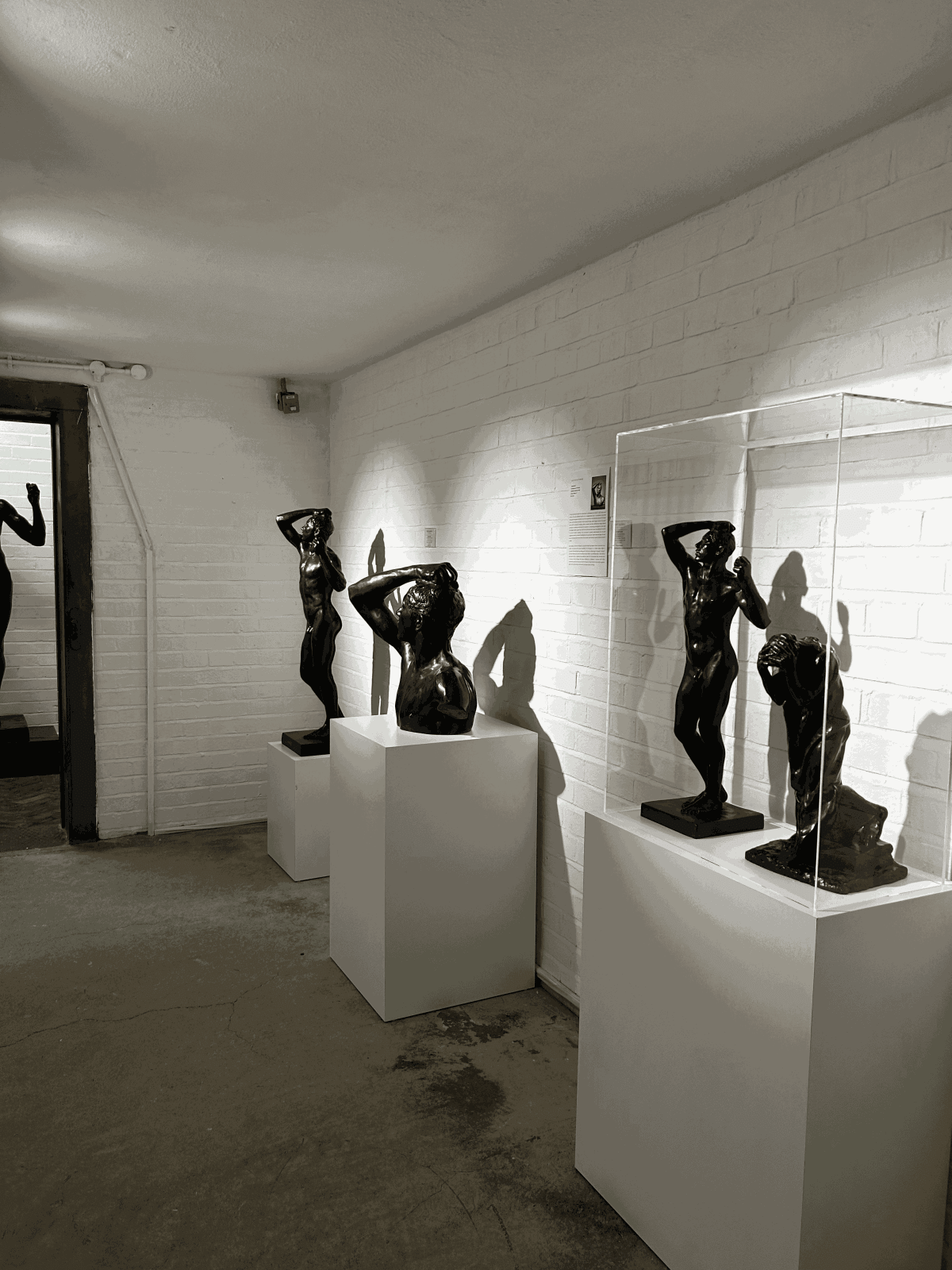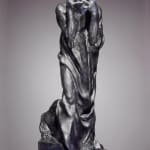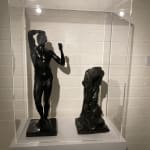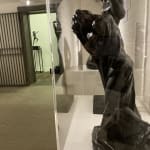Auguste Rodin French, 1840-1917
Further images
"The Weeping Burgher", also known as "The Inner Voice" or "The Crying Man," the sculpture depicts a male figure in a seated position, with his head bowed and his hands covering his face in a gesture of profound grief and despair.
Rodin was known for his ability to capture raw and intense emotions in his sculptures, and "The Weeping Burgher" is a powerful example of this. The sculpture represents the universal experience of suffering and the depths of human emotion.
The figure's contorted posture and expressive face convey a sense of anguish, anguish that seems to emanate from the depths of his soul. The intricate details, such as the wrinkles and creases on the figure's face and hands, further enhance the emotional impact of the sculpture.
"The Weeping Burgher" is often interpreted as a reflection on the human condition, the weight of life's hardships, and the struggles that individuals face internally. It is a poignant representation of human vulnerability and the capacity for deep sorrow.




